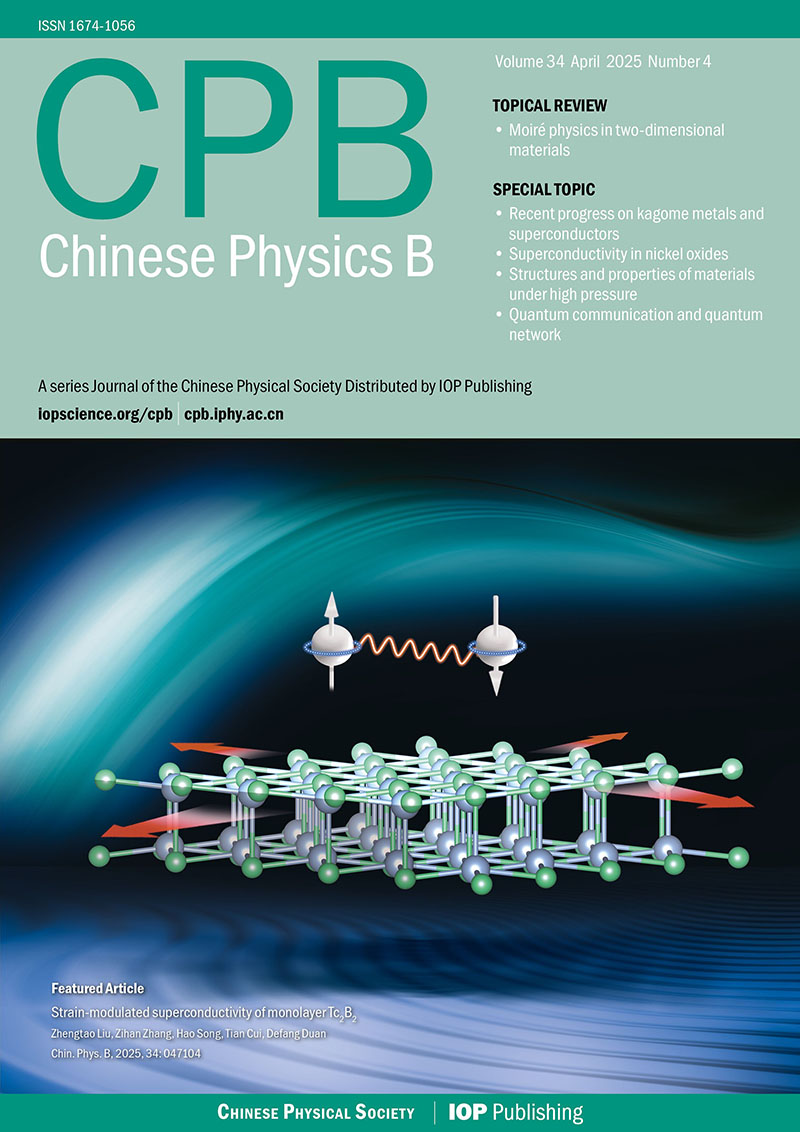Exploring the effect of aggregation-induced emission on the excited state intramolecular proton transfer for a bis-imine derivative by quantum mechanics and our own n-layered integrated molecular orbital and molecular mechanics calculations
-
Key words:
- time-dependent density functional theory (TDDFT) method /
- excited state intramolecular proton transfer (ESIPT) /
- our own n-layered integrated molecular orbital and molecular mechanics (ONIOM) method /
- potential energy curves /
- atomic dipole moment corrected Hirsh
Abstract: We theoretically investigate the excited state intramolecular proton transfer (ESIPT) behavior of the novel fluorophore bis-imine derivative molecule HNP which was designed based on the intersection of 1-(hydrazonomethyl)-naphthalene-2-ol and 1-pyrenecarboxaldehyde. Especially, the density functional theory (DFT) and time-dependent density functional theory (TDDFT) methods for HNP monomer are introduced. Moreover, the "our own n-layered integrated molecular orbital and molecular mechanics" (ONIOM) method (TDDFT:universal force field (UFF)) is used to reveal the aggregation-induced emission (AIE) effect on the ESIPT process for HNP in crystal. Our results confirm that the ESIPT process happens upon the photoexcitation for the HNP monomer and HNP in crystal, which is distinctly monitored by the optimized geometric structures and the potential energy curves. In addition, the results of potential energy curves reveal that the ESIPT process in HNP will be promoted by the AIE effect. Furthermore, the highest occupied molecular orbital (HOMO) and lowest unoccupied molecular orbital (LUMO) for the HNP monomer and HNP in crystal have been calculated. The calculation demonstrates that the electron density decrease of proton donor caused by excitation promotes the ESIPT process. In addition, we find that the variation of atomic dipole moment corrected Hirshfeld population (ADCH) charge for proton acceptor induced by the AIE effect facilitates the ESIPT process. The results will be expected to deepen the understanding of ESIPT dynamics for luminophore under the AIE effect and provide insight into future design of high-efficient AIE compounds.

 首页
首页 登录
登录 注册
注册






 DownLoad:
DownLoad: